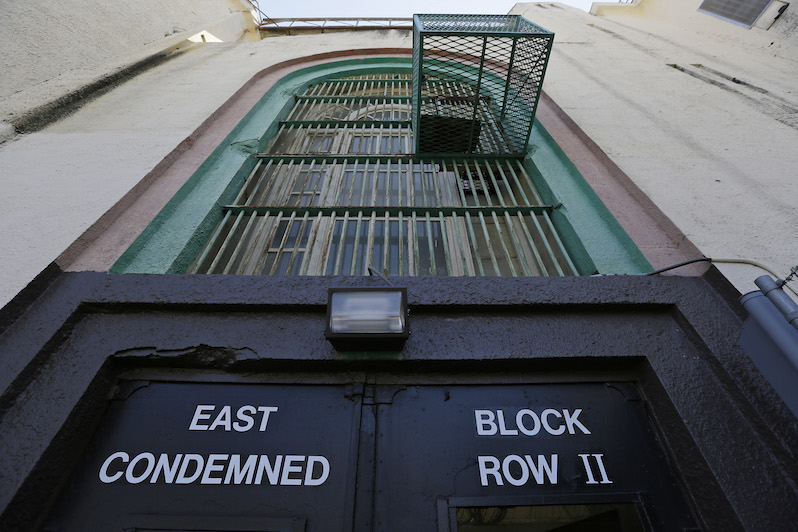Death to the Death Penalty in California
Voters will be confronted with competing death penalty proposals on the November ballot: the praiseworthy Proposition 62 and the defective Proposition 66. The entrance to the east block of death row at San Quentin State Prison in San Quentin, Calif. (Eric Risberg / AP)
1
2
The entrance to the east block of death row at San Quentin State Prison in San Quentin, Calif. (Eric Risberg / AP)
1
2

The entrance to the east block of death row at San Quentin State Prison in San Quentin, Calif. (Eric Risberg / AP)
Independent journalism is under threat and overshadowed by heavily funded mainstream media.
You can help level the playing field. Become a member.
Your tax-deductible contribution keeps us digging beneath the headlines to give you thought-provoking, investigative reporting and analysis that unearths what's really happening- without compromise.
Give today to support our courageous, independent journalists.








You need to be a supporter to comment.
There are currently no responses to this article.
Be the first to respond.